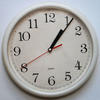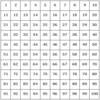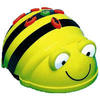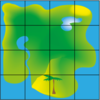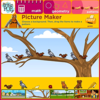Patterns
P_BI_I2_E1_fig1
Footprints in the sand.
Source: Ajith Kumar. Licensed under a Creative-Commons Attribution 2.0 Generic (CC BY 2.0).
P_BI_I3_fig1
A wrought iron fence.
Source: NCPTT Media. Licensed under an Attribution-NonCommercial 2.0 Generic (CC BY-NC 2.0).
P_CM_M3_fig2
A speedometer.
Source: Sean MacEntee. Licensed under a Creative-Commons Attribution 2.0 Generic (CC BY 2.0).
P_GT_T1_E1_A1_fig2
A wooden fence.
Source: faukto_digit. Licensed under a Creative-Commons Attribution 2.0 Generic (CC BY 2.0).
P_GT_T1_E1_A2_fig4
A kaleidoscope image.
Source: sky radford. Licensed under a Creative-Commons Attribution 3.0 Unported (CC BY 3.0).


































